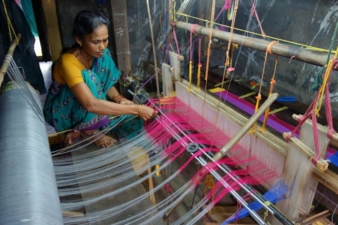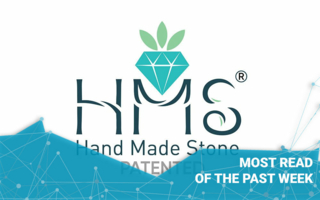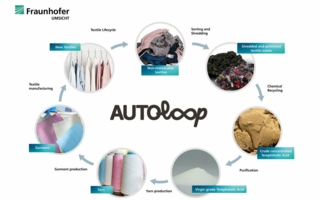13/03/2024 – Handloom products market
Threads of tradition unveiled
The global handloom products market is forecast to expand at a CAGR of 9.3% and thereby increase from a value of US$8.3 b in 2023, to US$15.6 b the end of 2030 as per report published by Persistence Market Research.
In a world increasingly characterized by mass production, the handloom products market represents a commitment to sustainability, craftsmanship, and the preservation of cultural legacies.
Market growth factors
Firstly, the rising global awareness and appreciation for sustainable and ethical fashion practices are driving the demand for handloom products. Consumers are increasingly seeking alternatives to fast fashion, drawn to the uniqueness and authenticity that handwoven textiles offer. The environmentally friendly and socially responsible aspects of handloom production, which often involves the use of natural fibers and supports local artisan communities, resonate well with conscious consumers. Secondly, the revival of traditional craftsmanship and the promotion of indigenous artistry contribute significantly to the market´s growth. Governments, non-profit organizations, and the fashion industry are actively involved in initiatives that support and empower handloom weavers. Moreover, the trend of “slow fashion” has gained momentum, handloom products align seamlessly with the principles of slow fashion, as they are often characterized by meticulous craftsmanship, durability, and a connection to cultural narratives. The inherent value of handloom textiles lies not only in their aesthetic appeal but also in the stories, skills, and heritage woven into each fabric. Furthermore, the e-commerce boom has played a pivotal role in expanding the reach of handloom products beyond local markets. Online platforms provide a global marketplace for artisans and handloom weavers, enabling them to showcase their creations to a diverse audience.
Market trends supporting sustainability and ethnicity
A prominent trend in the handloom products market is the emphasis on sustainability and eco-friendliness. Consumers are increasingly seeking products with minimal environmental impact, leading to a preference for handloom textiles made from natural fibers like cotton, linen, and wool. This trend aligns with the global movement towards ethical and sustainable fashion, encouraging the use of traditional handloom techniques that often involve low energy consumption and limited chemical use. Challenges and economies of scale
Despite the positive trends, the handloom products market faces challenges related to scalability, accessibility, and competition from mass-produced alternatives. Traditional handloom practices are often time-consuming and labor-intensive, leading to limitations in production capacity. Additionally, the lack of access to modern technologies and market channels can hinder the reach of handloom products to a broader audience. Furthermore, the market must contend with the competition from machine-made textiles that can offer lower prices and higher production volumes. Striking a balance between maintaining the authenticity and uniqueness of handloom products while addressing scalability and cost challenges is crucial for the sustained growth of this market.
Latest developments defining the future
Recent developments in the handloom products market highlight efforts to leverage technology and innovation to overcome traditional challenges. E-commerce platforms and online marketplaces have emerged as powerful tools to connect handloom weavers directly with consumers, eliminating intermediaries and expanding market reach. This digital transformation allows artisans to showcase their products to a global audience, fostering economic sustainability for traditional weaving communities.
As a result, initiatives promoting skill development and training in handloom weaving techniques are gaining traction. Collaborations between government bodies, non-profit organizations, and private enterprises aim to preserve and promote traditional handloom practices.




